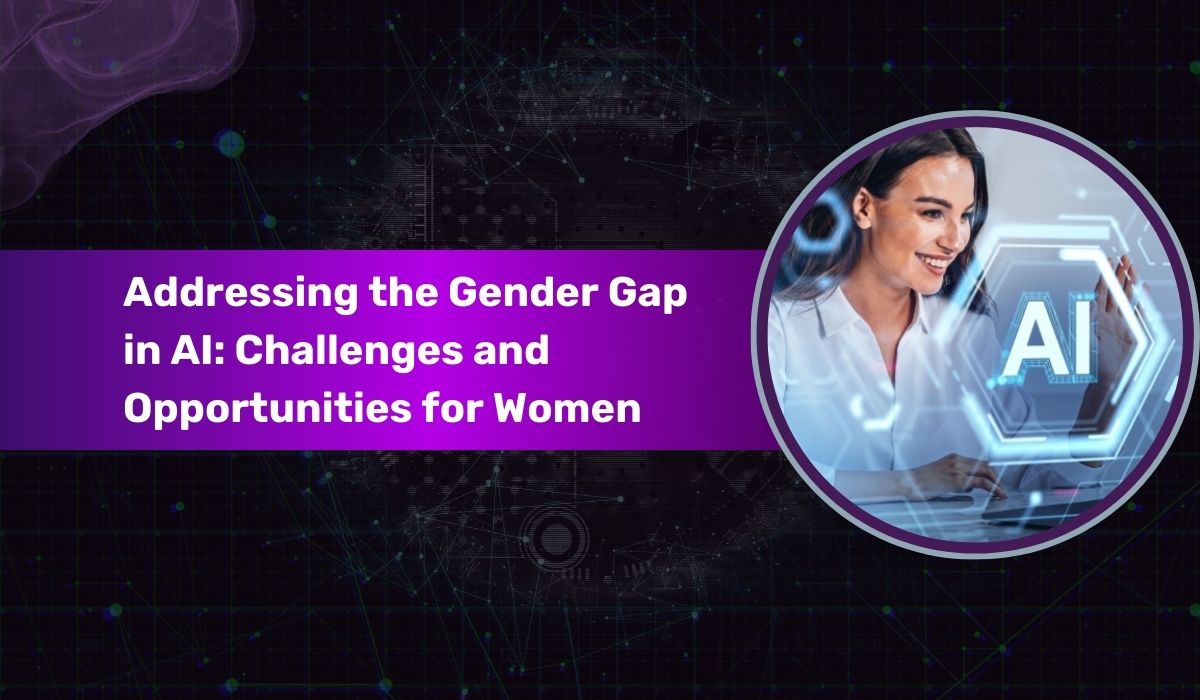
The rapid expansion of Artificial Intelligence (AI) marks one of the most dynamic trajectories in the tech industry. With a forecasted compound annual growth rate (CAGR) of 37.3 percent from 2023 to 2030, the global AI market is anticipated to soar to $1,811.8 billion by 2030, according to a report by Forbes Advisor. However, amid this exponential growth, the persistent underrepresentation of women in scientific fields, particularly in leadership roles, remains a notable challenge.
Citing a 2022 report from the World Economic Forum, only 22 percent of AI professionals are women, and a mere 18 percent of authors at leading AI conferences are female. Several factors contribute to this gender gap in science and technology. Seema Ramachandra, heading Cloud Customer Engineering at Google with a focus on Data Analytics and AI, highlights the lack of awareness about the diverse roles within AI and the dominance of male presence in the field as significant barriers for women.
Mamta Aggarwal Rajnayak, VP and Head of AiDa at American Express, points out societal perceptions steering women away from STEM (Science, Technology, Engineering, and Math) fields, pushing them towards purportedly "easier" career paths. This phenomenon persists globally, as evidenced by the World Bank's findings that women represent less than a third of the workforce in technology-related fields worldwide. Despite comprising 35 percent of STEM employees in the US and only 14 percent in India, women continue to encounter systemic obstacles in advancing their careers in AI and related sectors.